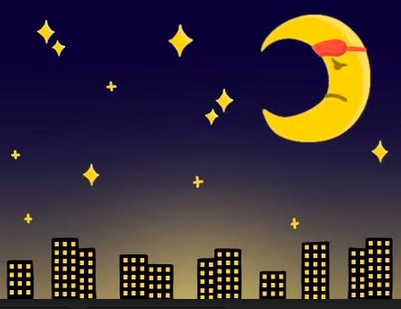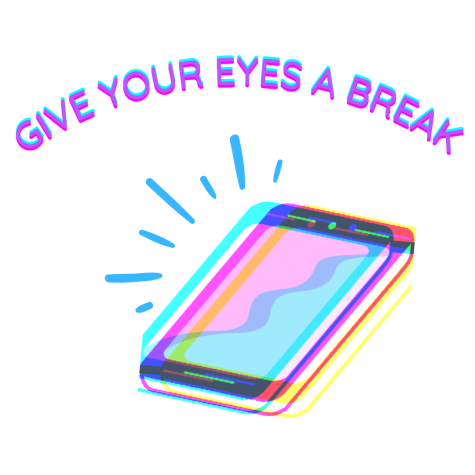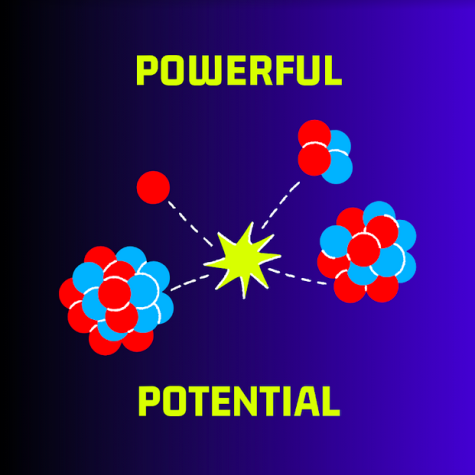Light Pollution: Dimming our skies
How harmful can light really be, anyway? (Hint: It’s more hurtful than you think!)
Deep in the canopy of the Great Smoky Mountains, fireflies perform a “light dance” every June as their mating ritual. This phenomenon attracts tourists and scientists from all across the globe. Besides Tennessee and the Smoky Mountains region, the only other area where this dance occurs is in Thailand.
It all starts with a flash from the airborne male as he flies through the trees. The females then respond with their own flash as they wait to find each other in the dark of night.
While this event may sound beautiful, its power and uniqueness are dwindling from the impact of light pollution. What exactly is happening, then?
Tourists that flood the area with flashlights or cars with their headlights speeding by can actually throw off the synchronized dance the fireflies perform. This is harmful toward their mating ritual, which is a rare chance for the species to continue its livelihood.
The solution seems simple: Prohibit the use of flashlights and limit the number of cars near the mating areas. For other issues that light pollution poses, the remedy is not this easy.
Do you notice how when you move away from a heavily lit area during the night, the sky around it seems to have an aura of light surrounding it? This is skyglow.
Skyglow occurs when artificial light projects against the night sky, and it poses a great danger for stargazers alike. Because of the rapid increase in use of artificial light, whether to illuminate dark parking lots, city streets or highways, we are essentially “erasing” stars from the night sky.
In comparison to almost 20 years ago, one would be able to see roughly 2.5 times more the amount of stars that they could see today with the naked eye. Satellite measurements indicate that North America has an average of 10% increase in skyglow each year, greater than the 7% that Europe experiences.
Urban environments are no longer able to observe stars and other planetary elements without the help of scientific instruments. While this is annoying, is skyglow a concern not only in the aspect of seeing stars?
Unfortunately, yes. Diurnal and nocturnal species are both impacted by skyglow and artificial light overuse. Diurnal (active during the day) animals may think that it’s daytime when it really isn’t, and nocturnal (active during the night) animals may have trouble discerning when it is truly night. This poses risks, as these species may become active when they shouldn’t, impacting their reproduction, feeding and even predator-prey interactions.
What kind of hope is there for the future? Ecologists and astronomers alike believe that if you don’t have to use a light, keep it off.
Any lights used outside should have shields and be faced downwards so they do not contribute to skyglow. If you have a lot of lights because of safety concerns, consider installing a security system.
The International Dark Sky Association has a Dark Sky Week taking place from April 15-22, promoting the awareness of light pollution and making knowledge about the issue easily accessible to all. To learn more, visit this link.
Turn out your lights – if not for yourself, do it for the fireflies!












yousef • Mar 15, 2023 at 11:29 AM
one of the closest areas to metro detroit where truly black dark skies can be seen is near port austin in the thumb as far north as you can get.